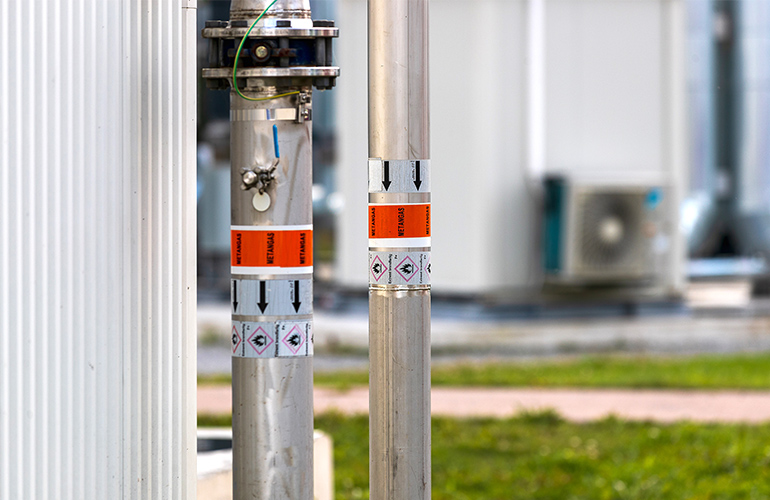A new report released on July 31, 2025, by Blunomy and Energy Networks Australia (ENA) reveals that biomethane, aka renewable natural gas (RNG), could meet up to 96 percent of current East Coast gas demand by simply tapping into the waste that is already produced.
The report, “Biomethane Opportunities to Decarbonise Australian Industry“, finds that approximately 400 petajoules (PJ) of biomethane could be recoverable annually from existing feedstocks such as food and garden waste, agricultural residues, and livestock by-products.
This renewable natural gas could be directly injected into Australia’s existing gas networks, offering a pathway to decarbonise industries where electrification is not viable.
ENA Chief Executive Dominique van den Berg said the findings highlight biomethane’s role as a critical enabler of Australia’s net-zero ambitions.
This is not about waiting on emerging technologies—biomethane is here now, and we have the infrastructure to deliver it. With further support, this solution could reduce emissions, divert waste, and strengthen regional economies, Dominique van den Berg said.
Call for supportive policies
Importantly, the report shows the first 50 PJ of biomethane could be delivered at AU$10–27/GJ, with costs expected to fall further through supportive policy and improved recovery practices.
Setting clear targets and policies to unlock this first portion of biomethane will provide critical learnings to understand how much of Australia’s industry could be powered by biomethane well into the future.
While biomethane is already a key part of decarbonization strategies in Europe and North America, ENA is calling for Australian policymakers to seize the opportunity with policies that help unlock feedstock access and support further market development.
Biomethane should be included in policies and schemes that support the decarbonization of Australian Industry. It is already successfully being used in parts of the country, including New South Wales (NSW), where the Malabar waste facility generates enough renewable gas for more than 6,000 homes. Simply expanding the Hydrogen Headstart Program and the Hydrogen Tax Credit Incentive Scheme to include biomethane would immediately create investment opportunities to put Australian industry on a path to a financially and environmentally sustainable future, Dominique van den Berg said.
The findings complement the Bioenergy Australia report “Unlocking Renewable Natural Gas to Enhance Energy Security and Maintain Australia’s Manufacturing Sector” also released on July 31, 2025, that builds the business case for biomethane to help decarbonise Australian industry.
ENA is urging governments, industry, and regulators to set ambitious targets and implement polices that support the deployment of biomethane, and says networks are ready and able to deliver it.



